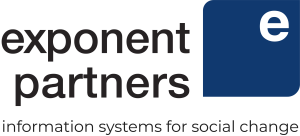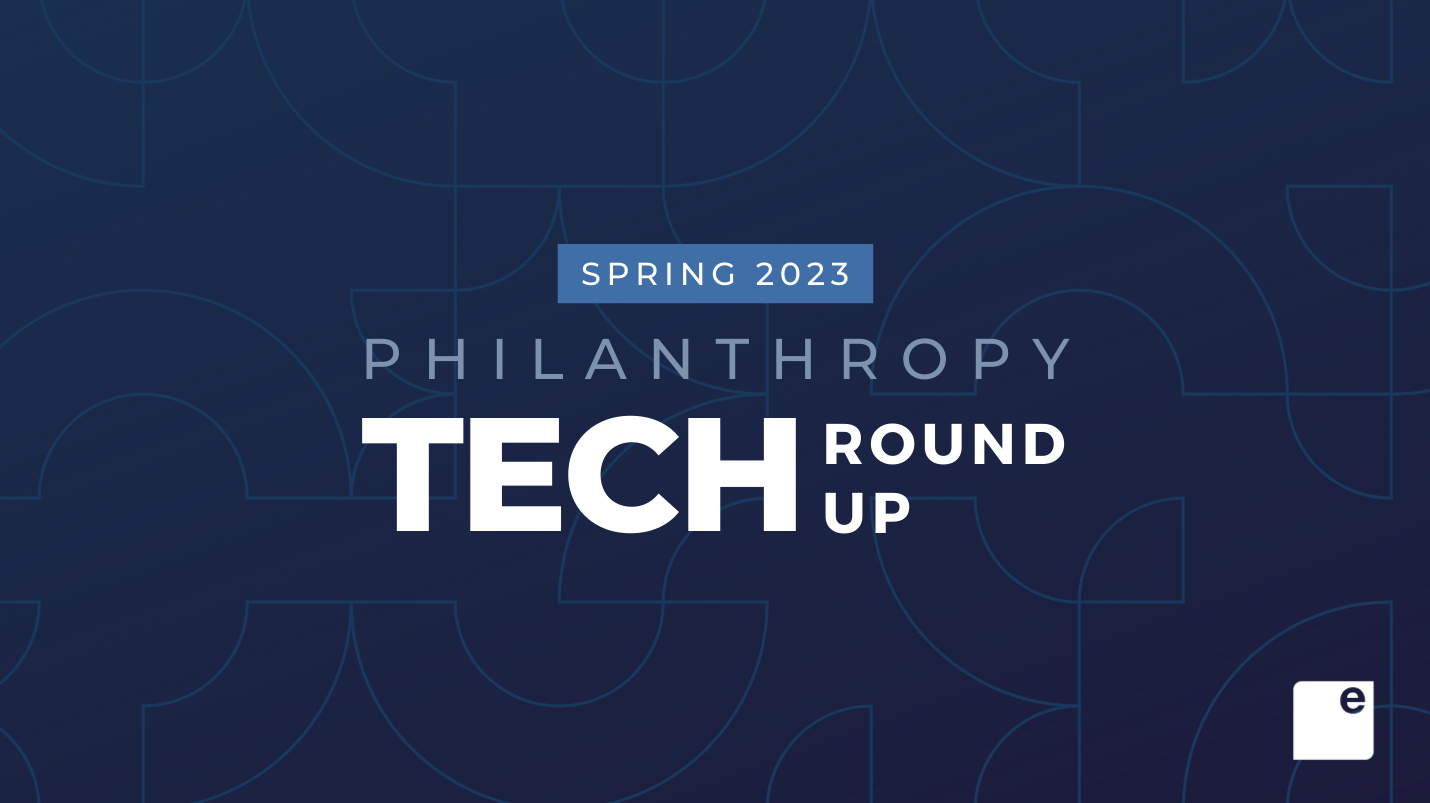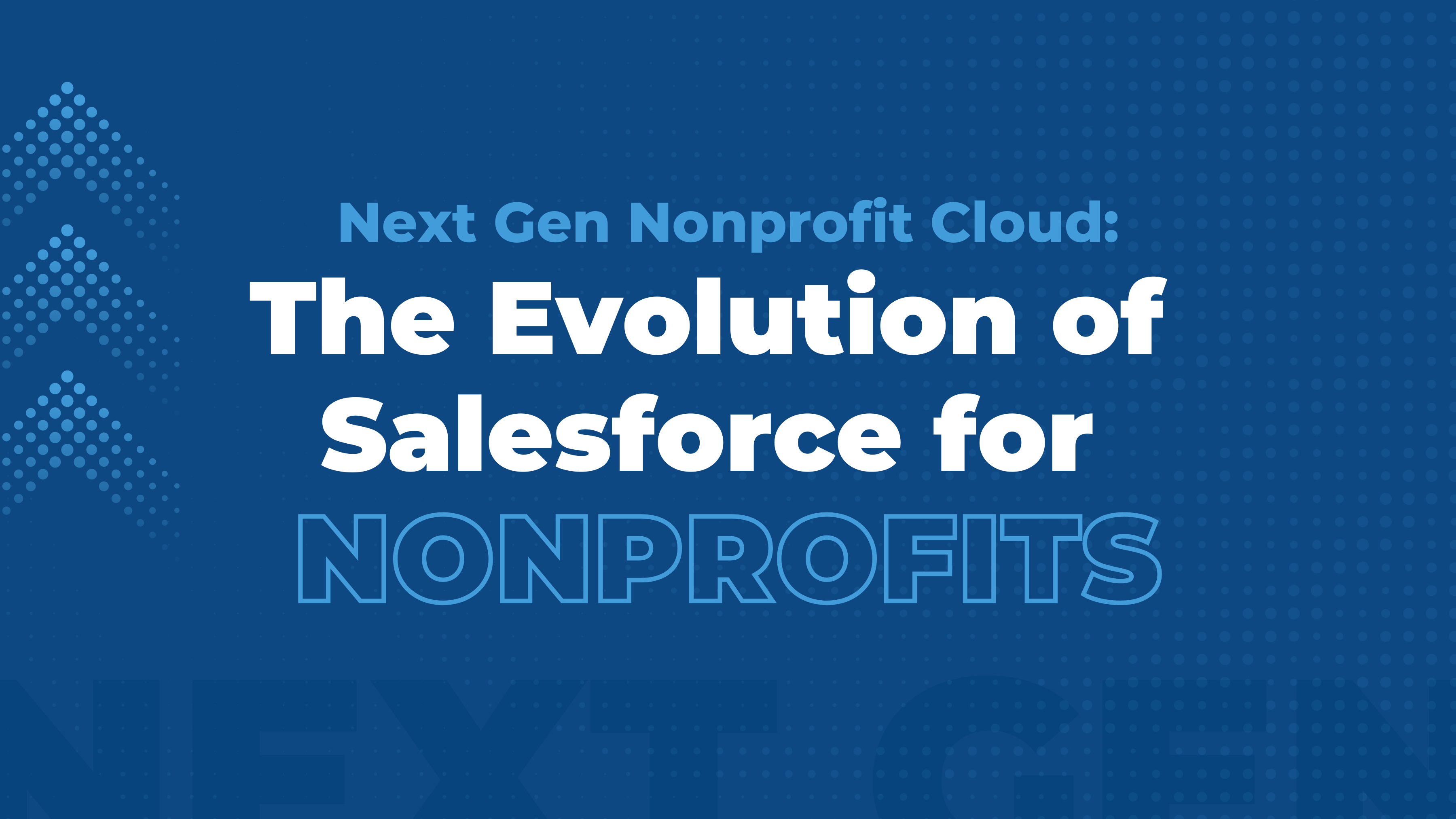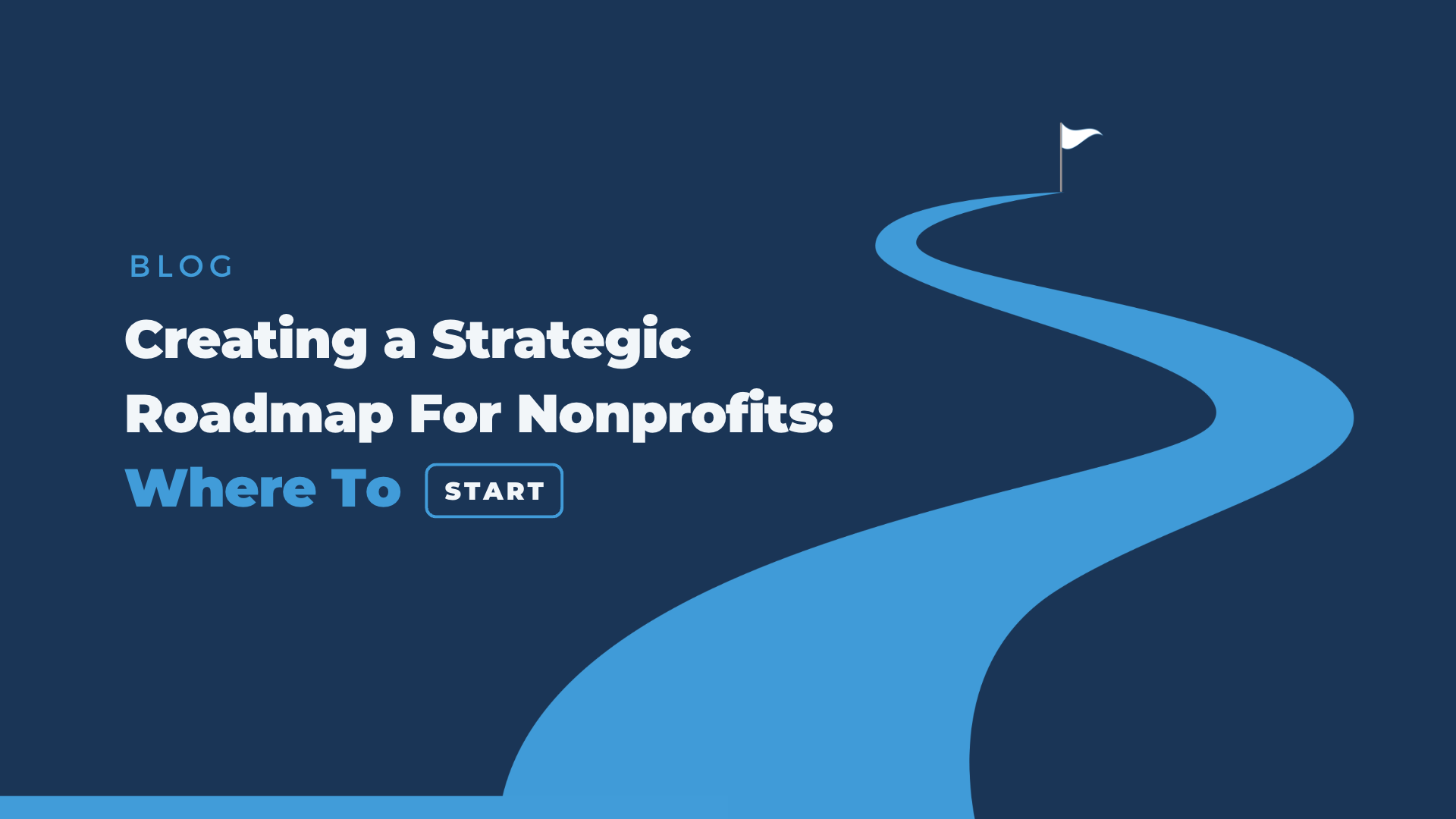Philanthropy Tech Roundup – Spring 2023
Here at Exponent Partners we have been immersed in philanthropy tech, working closely with grantmaking and philanthropic organizations since our company was founded in 2005. Our highly trained experts have decades of combined experience helping clients automate their grantmaking processes, with the goal of delivering a faster and more efficient experience for teams, funders, grantseekers, and grantees. We believe that by consolidating and interrogating outcomes data, the true value of your work and investments come into sharp focus, giving you a more complete picture of your organization’s impact. Foundations around the world continue to choose the Salesforce platform as their central source of truth, allowing them to streamline the grants lifecycle, open up systems to grantees and reviewers, and collaborate on impact metrics. Especially in recent years, system innovation has become key to organizational transparency for more effective grantmaking efforts.
With this expertise and innovation in mind, we have a few inspiring philanthropy tech-focused updates we would like to share to demonstrate the type of advisory and project work we have been doing to support our grantmaking clients.
William Penn Foundation Relaunches Salesforce Without foundationConnect
William Penn Foundation, a longstanding client of Exponent Partners, realized in 2022 that it was time to strategically engage with us to better align their technology platform to their vision for innovative grantmaking. Additionally, they identified an timely opportunity to improve user experience for both staff and grantseekers, which was ineffective and confusing with the existing configuration. A big part of this entire initiative involved moving off of foundationConnect, a grantmaking platform that was acquired by Salesforce in 2020 and will likely eventually be replaced. Check out our recently published client success story to learn more about the crucial planning stage of this project, how they collaborated with us in the build phase, and the overwhelmingly positive project outcomes.
Lara Hoke Kimberly, Principal Consultant at Exponent Partners, Becomes First Certified AmpImpact Administrator in the Vera Solutions Partner Network
We are thrilled to announce that Lara Hoke Kimberly, principal consultant in our philanthropy practice, has successfully become the first Certified AmpImpact Administrator in the entire Vera Solutions partner network. As proud partners of Vera Solutions, we are thrilled that a member of our team is the first to achieve this exciting milestone! As an official implementation partner, we provide AmpImpact implementation services within our existing portfolio of nonprofit consulting and strategic advisory services. We feel this partnership benefits the grantmaking community as a whole, by offering expertise in developing and implementing sustainable systems to support grantmaking innovation and growth. As a backbone to our partnership, Vera Solutions and Exponent Partners have critical mission alignment: to help nonprofits working in philanthropy, education, and human services drive greater social impact.
Upcoming Event: PEAK Grantmaking, Baltimore, May 8 – 10
Ongoing learning and community engagement are critical to understanding the challenges and opportunities grantmaking nonprofits are facing. Andrew Whitehouse, director of nonprofit markets, will be attending PEAK Grantmaking’s annual conference in Baltimore in May. Andrew looks forward to connecting with grantmaking organizations to better understand how the Exponent Partners team can help support them with their strategic planning, grantmaking system design and implementation, or ongoing data governance or virtual administration. Drop Andrew a line and connect with him to talk about philanthropy tech in Baltimore!
If your organization would like to start a conversation about how to increase the effectiveness of your grantmaking and impact measurement efforts, be sure to reach out!














